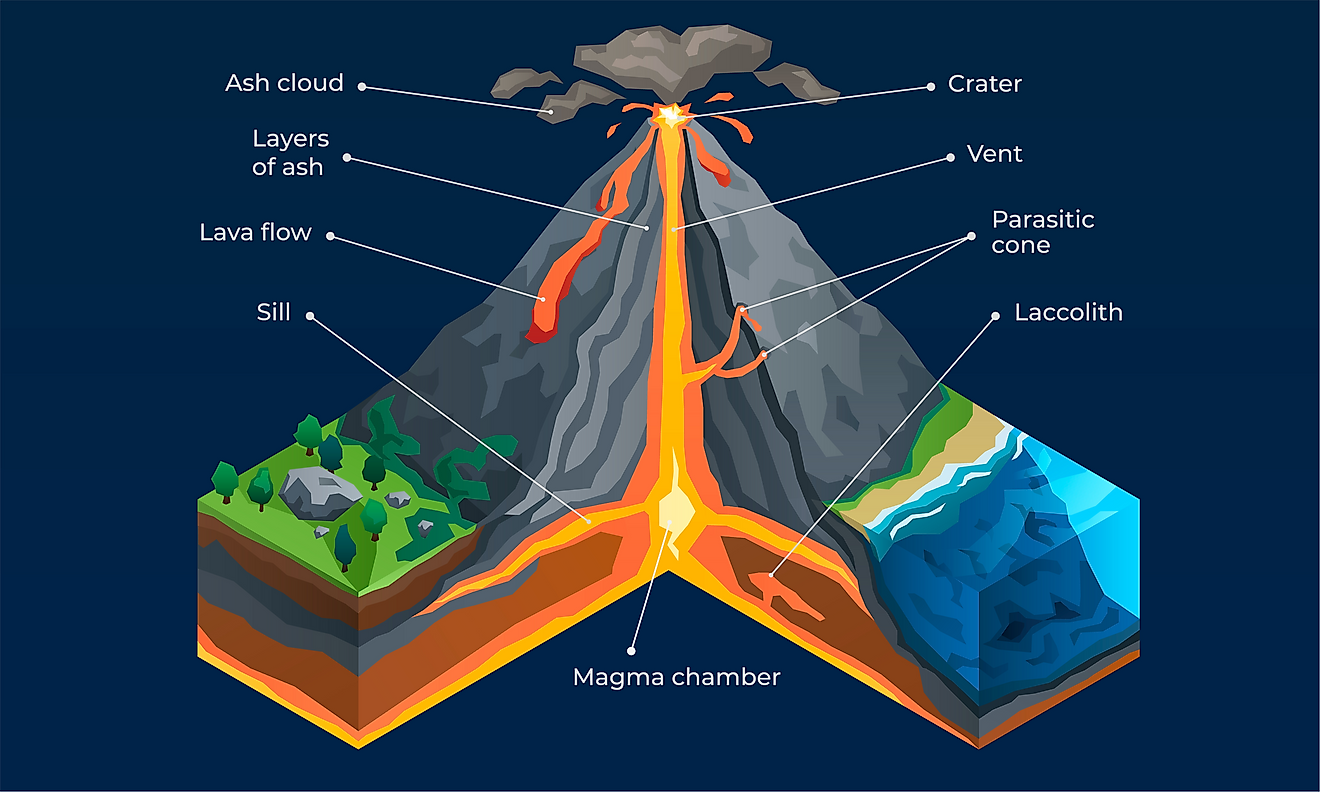

They were erupted within a short time period, mostly between 16.7 and 15.5 million years ago. The Columbia River Basalts are flood basalts (or plateau basalts) meaning that they are thick accumulations of lava flows that were erupted within a short period of time and that cover a vast geographic area.Ĭolumbia River Basalts cover more than 81,000 square miles (210,000 square km), and have an estimated volume of 50,000 cubic miles (210,000 cubic km). The Columbia River Basalt Group is the product of the largest eruptions in North America’s history. Kīlauea and Mauna Loa are large shield volcanoes with extensive rift zones on their flanks where fissure eruptions can occur. Lava fountaining reached heights of 150 ft (45 m) and built a spatter cone. One interesting one is “Mammoth Mountain,” which explores Hot Creek and the volcanic area it is a part of in California.A fissure eruption on Kīlauea Volcano’s Lower East Rift Zone in 2018. Interesting volcano videos are seen on National Geographic Videos, Environment Video, Natural Disasters, Earthquakes. No one knows when the next super eruption will be. Volcanic eruptions could have contributed to some of the mass extinctions in our planet’s history. Ash could block sunlight so much that photosynthesis would be reduced and global temperatures would plummet. This site provides and interactive image of the geological features of Long Valley Caldera.Ī supervolcano could change life on Earth as we know it.

The hot water that gives Hot Creek, California, its name is heated by hot rock below Long Valley Caldera. An earthquake swarm in 1980 alerted geologists to the possibility of a future eruption, but the quakes have since calmed down.įigure 9. Long Valley had an extremely hot and explosive rhyolite about 700,000 years ago. Long Valley Caldera, south of Mono Lake in California, is the second largest supervolcano in North America (figure 9). The Yellowstone caldera collapsed in the most recent super eruption. The Yellowstone hotspot has produced enormous felsic eruptions. Fortunately, current activity at Yellowstone is limited to the region’s famous geysers.įigure 8. Yellowstone has produced many smaller (but still enormous) eruptions more recently (figure 8).

Yellowstone sits above a hotspot that has erupted catastrophically three times: 2.1 million, 1.3 million, and 640,000 years ago. The largest supervolcano in North America is beneath Yellowstone National Park in Wyoming. This creates a huge hole or caldera into which the surface collapses (figure 7). However, scientists think that a very large magma chamber erupts entirely in one catastrophic explosion. The exact cause of supervolcano eruptions is still debated. Supervolcanoes are a fairly new idea in volcanology. The caldera at Santorini in Greece is so large that it can only be seen by satellite. Not surprisingly, supervolcanoes are the most dangerous type of volcano.įigure 7. Helens or 25 km 3 for Mount Pinatubo, a large eruption in the Philippines in 1991. A supervolcano must erupt more than 1,000 cubic km (240 cubic miles) of material, compared with 1.2 km 3 for Mount St. It’s a good thing because they are unimaginably large. Supervolcano eruptions are extremely rare in Earth history. Sunset crater is a cinder cone that erupted about 1,000 years ago. This Landsat image shows the topography of San Francisco Mountain, an extinct volcano, with many cinder cones near it in northern Arizona. By 1952, it reached 424 meters and then stopped erupting.Ĭinder cones are often found near larger volcanoes (figure 6).įigure 6. In a year, Paricutín was 336 meters high. In 1943, a Mexican farmer first witnessed a cinder cone erupting in his field. Cinder cones usually have a crater at the summit.įigure 5. The exact composition of a cinder cone depends on the composition of the lava ejected from the volcano. The rock shoots up in the air and doesn’t fall far from the vent. Cinder cones are composed of small fragments of rock, such as pumice, piled on top of one another. Cinder cones grow rapidly, usually from a single eruption cycle (figure 5). Cinder cones rarely reach 300 meters in height but they have steep sides.

A cinder cone has a cone shape, but is much smaller than a composite volcano. \)Ĭinder cones are the most common type of volcano.


 0 kommentar(er)
0 kommentar(er)
